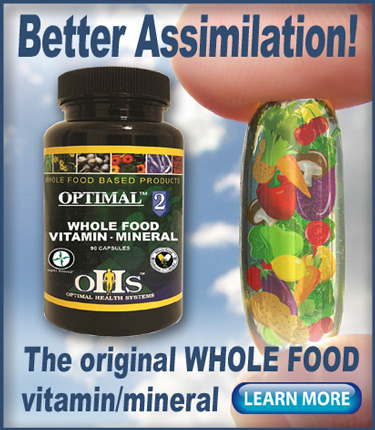The U.S. Department of Agriculture (USDA) originally had a mission of promoting nutrition. Today it’s way down on the list of places to go for reliable nutritional information.
But it’s the first place you’ll want to go if you’re a large corporation looking for government hand-outs.
Though there were earlier programs, the “independent” Department of Agriculture was created during the Lincoln administration, formally established May 15, 1862.
Lincoln called the new department “the people’s department.”
It’s most important function was to distribute seeds that were appropriate to the many and varied climatic conditions of the vast and sprawling United States.
But of course about half the U.S. population in those days were involved in agriculture to some degree.
From 50% farmers to 2% farmers
Today, only about 2 percent of the U.S. population is involved in agriculture—but rather than fading away, the USDA has morphed into a bloated, sprawling bureaucracy involved in everything from food stamps and school lunches to subsidies for corporate billionaires.
Even fifty years ago the USDA was quite a bit different than today. USDA data from 1950 to 1999 found substantial declines of vitamins and minerals in 43 vegetables and fruits. This was according to a landmark study by Donald Davis and a team of researchers from the University of Texas.
Other studies in the British Food Journal revealed that calcium content had dropped 27 percent, iron 37 percent, potassium 14 percent and vitamin A, 21 percent.
One study found that it would take eight oranges today to equal the same amount of phytonutrients to equal one orange from 100 years ago.
The inclusive study was published in the Journal of American Nutrition in 2004.
Since that time, it appears that the USDA does not involve itself with the nutrient content of crops anymore—perhaps because the “nutrient depletion” story is too scary.
Instead, 73 percent of USDA outlays go to food and nutrition assistance programs—all in cooperation with large politically-connected corporate food manufacturers. These programs include the Supplemental Nutrition Assistance Program (aka SNAP or food stamps), marketing and regulation programs, research, rural development programs, conservation and foreign agricultural service programs.
Today the U.S. has over 31,000 food and beverage manufacturers across the country. We have enormous factory and corporate-dominated farms, depleted soil, a river of pesticides, GMO crops and chemical fertilizers—all of which mask the loss of soil microorganisms that once protected our health and vitality.
The new mission
Today it seems the original USDA mission has been subverted. Now it seems the main mission is to offset and make excuses for the damage caused by modern corporate farming and food manufacturing. This is why the USDA now tells us that heavily-processed pizza is a “healthy and balanced” school lunch.
If USDA officials were really serving the interests of the people, they would be promoting and assisting organic and natural farming.
Instead the USDA provides taxpayer money to support some of the richest corporations in the world—as they grow and manufacture nutrient-deficient food.
The University of Texas Davis Study from twenty years ago provided a significant warning: Refined sugars, processed oils, white flour and rice offer us tasty food—but with huge reductions in nutrients.
The end result is an obesity epidemic, not optimal health.
And the reason Americans consume so much of this kind of food is lagely due to the policies of the USDA.
Today the USDA mission has changed from helping small U.S. farmers provide highly-nutritious crops to helping large multi-national corporations earn big profits.
Do your own research
The bottom line is that when it comes to your health your most valuable resource is your ability to educate yourself.
Don’t rely solely on governmental organizations that are tainted by political connections and corruption. Look no further than public school lunches to see what the USDA considers “healthy and balanced.”
Eat lots of fruits and vegetables prepared from scratch. Unprocessed fruits, vegetables, nuts, grains and legumes are still your best bet.
And add a good whole food vitamin/mineral supplement to your daily regimen—to make up for the lower nutrient content of today’s farmed foods. Optimal Whole Food Vitamin•Mineral from Optimal Health Systems is a good choice.
– – –
Sources: USDA.gov, ScientificAmerican.com, PreventDisease.com, GeneticLiteracyProject.org.


